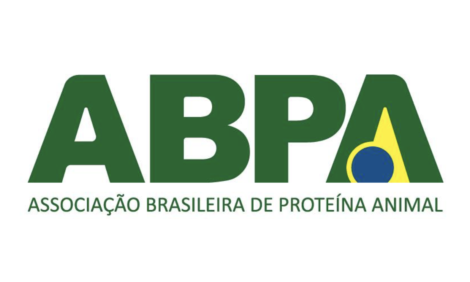



Weekly Outlook: Corn Prices
URBANA - Necessary incentives leading producers to increase corn acreage in 2007 are likely to be provided by the market, said a University of Illinois Extension marketing specialist.
"If a train wreck is anticipated far enough in advance, it can be avoided," said Darrel Good, responding to those who have argued that extremely high prices for corn will be required to get the necessary increase in corn acreage next year, resulting in a train wreck involving shortages of corn and record high prices.
Good's comments came as he reviewed recent corn prices.
"Budgets for soybean production costs and for costs of producing corn after corn in the Midwest do not support what might be termed the 'train wreck' view," said Good. "The economics of producing corn after corn rather than soybeans depends on the relative price and yield of the two crops and the difference in costs per acre.
"Over a wide range of yield ratios and soybean price levels, the breakeven price level for producing corn after corn rather than soybeans ranges from about $2.40 to near $3. The market is likely to give producers the necessary incentive to increase corn acreage."
Corn prices declined sharply following the USDA's August Crop Production report and remained soft last week. September and December 2006 futures contracts established new lows, and cash prices continue to reflect a weak basis.
December 2006 futures traded to a contract low of $2.335 following the USDA's report of production potential near 11 billion bushels. The average spot cash price in central Illinois declined 15-1/2 cents in the week after the report and was 48 cents below the marketing-year high reached on July 12.
The marketing loan gain rate was six cents on Aug. 21. The average harvest delivery bid in central Illinois stood at $2.015 on Aug. 18, very near the Commodity Credit Corporation (CCC) loan rate.
"In five of the past six marketing years, the lowest cash price in central Illinois was reached in the harvest period--September, October, or November," said Good. "The lows ranged from $1.57 in 2000 to $2 in 2003. The past two years, the lows were at $1.635 and $1.695, respectively.
"A harvest low is expected again this year, but not as low as in 2004 or 2005 unless the crop is larger than currently forecast."
Good said that the short-term prospects for corn prices will be determined largely by crop size and the demand for storage.
"With harvest prices at or below the loan rate, and a lot of optimism about corn demand in the year ahead, producers will likely store as much of the crop as possible," said Good. "The size of the crop will influence how much corn may have to be moved at harvest time and therefore the magnitude of the basis.
"Opinion about crop size remains divided, with the focus primarily on whether late-season heat may have reduced yield potential. Crop condition reports will not shed much light on that issue, so the market will have to wait on the September production forecast."
Good said that the magnitude of a post-harvest recovery in cash prices will be initially determined by the strength of demand. All indications are that demand will be very strong and will push total consumption of U.S. corn over 11.8 billion bushels during the 2006-07 marketing year.
"In the past, when large crops have resulted in harvest-time price lows, the marketing-year high cash price has tended to occur in the following spring or summer," Good noted. "Over the past 24 years, the lowest cash price in central Illinois occurred at harvest time 13 times. The high price in those years occurred in the following summer 11 times. The high occurred in December one time and in April one time."
For those 13 years, the range from low price to high price ranged from 44-1/2 cents (1990-91) to $2.525 (1995-96) and the average was 90-1/2 cents. Excluding 1995-96, the average was 77 cents.
July 2007 futures settled at $2.68 on Aug. 18, 32-1/4 cents above December 2006 futures. Depending on basis levels in 2007, the market is currently projecting about a 50-cent increase in spot cash prices from harvest to the spring/summer of 2007.
"Beyond current demand, corn prices will ultimately be influenced by the size of the 2007 crop," said Good. "With prospects for declining stocks and continued increases in corn exports and the amount of corn used for ethanol production, some increase in corn acreage will probably be required in 2007.
"The magnitude of the required increase will be influenced by prospects of 2006-07 marketing year ending stocks as well as consumption prospects. Corn prices will have to be high enough relative to the price of other crops, particularly soybeans, to motivate increased plantings."
December 2007 futures settled at $2.84-1/2 on Aug. 18, nearly 50 cents higher than the price of December 2006 futures. November 2007 soybean futures settled at $6.16-3/4, 56 cents above November 2006 futures.
"The market is giving the nod to more corn acres in 2007," said Good. "That incentive will have to persist into the spring of 2007."
ThePoultrySite News Desk








